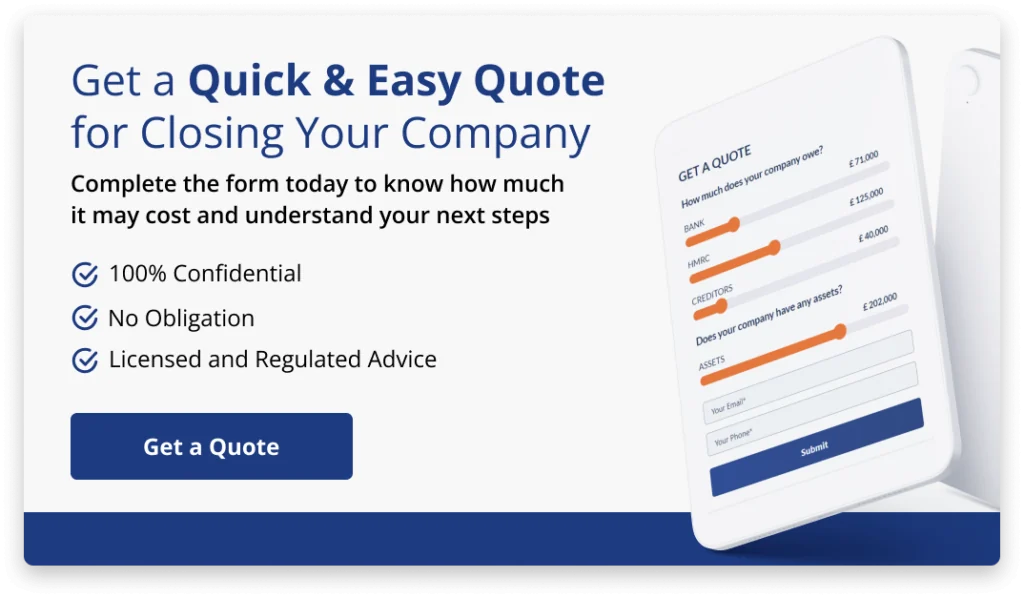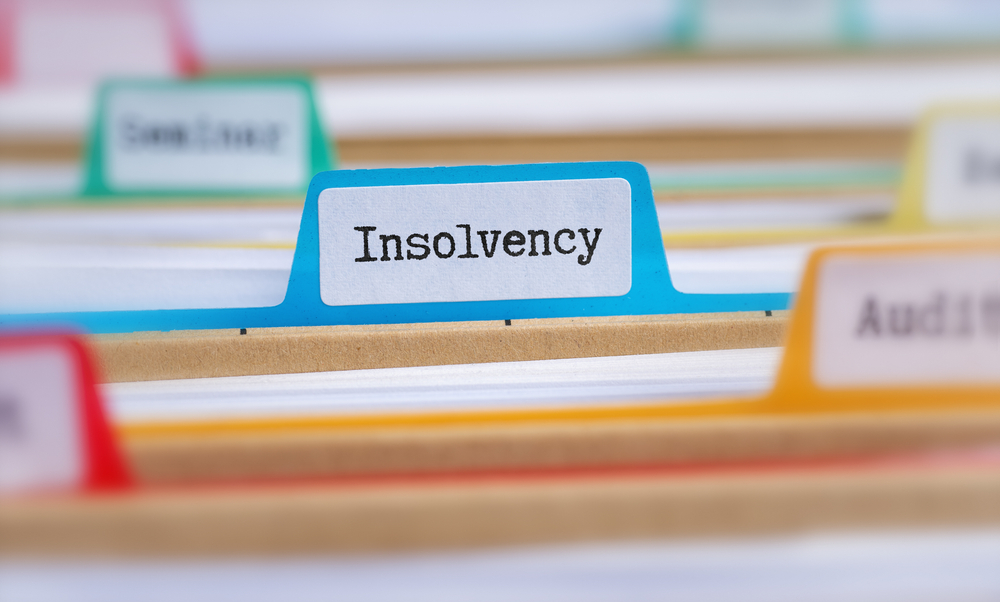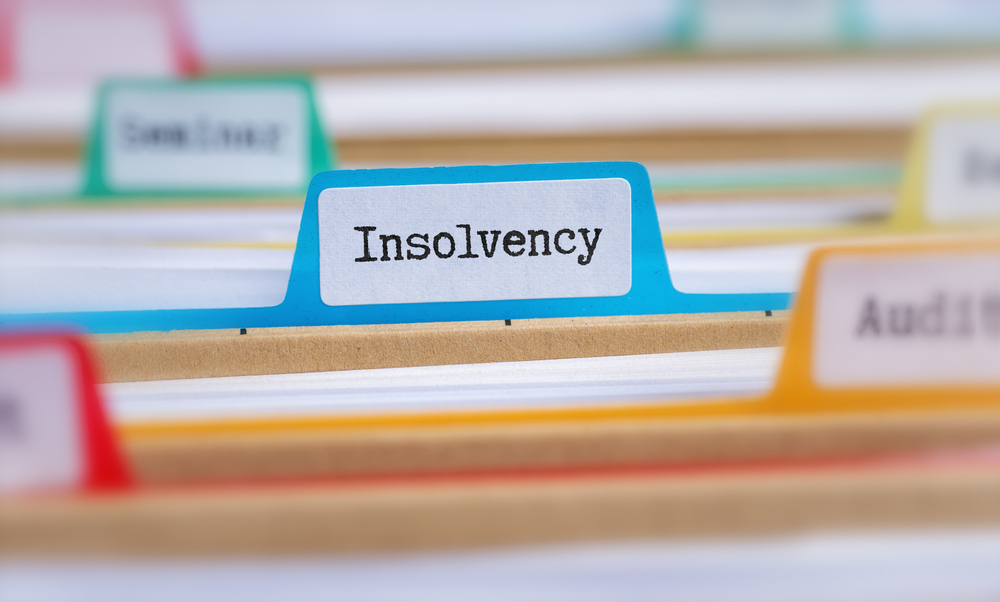
How Can I Stop or Avoid Insolvency?
If you’re concerned that your struggling company might be insolvent, taking professional advice is essential. Crossing the tipping point into insolvency changes your responsibilities as a director, so you must put creditors first.
Be aware of the laws surrounding this, and work with your accountant to clarify your financial position. Our insolvency test tool is also designed to make this process easier for you.
I’ll cover the essential steps to ward off insolvency whether you’re facing an immediate threat, or have more time to act.

Steps to Take to Avoid Insolvency
Here are some essential steps to prevent insolvency, assuming you haven’t yet reached the stage of receiving legal threats from creditors.
Negotiate with Creditors
If you approach them early, before the situation escalates, creditors are more likely to be receptive to payment plans or other arrangements. Ignoring their calls or emails will only worsen the situation.
Be prepared to share relevant financial information, such as cash flow projections and a realistic plan for repaying outstanding debts. Demonstrate your commitment to finding a mutually beneficial solution and be open to their feedback.
Consider a Company Voluntary Arrangement (CVA)
A CVA is a formal, legally binding agreement with your creditors to restructure your debt repayments. An insolvency practitioner can guide you through the CVA process, which requires approval from 75% of creditors.
Keep in mind that entering a CVA may affect your company’s credit rating and ability to secure future financing, so it’s essential to weigh the benefits and drawbacks carefully.
Consider a Pre Pack Sale
A Pre Pack Sale is an arrangement where the sale of a company’s business and assets is negotiated and agreed upon before the company enters a formal insolvency process, such as administration or liquidation.
This approach is often used when a company is facing imminent insolvency and needs to be sold quickly to preserve its value, maintain continuity of business operations, and protect jobs.
Seek Guidance from a Licensed Insolvency Practitioner
Insolvency practitioners are experts in evaluating a company’s financial situation and determining its viability. They can provide valuable advice on restructuring, debt management, and potential rescue options. If insolvency is unavoidable, they can assist in a controlled closure that protects directors’ interests.
When it comes to preventing insolvency, time is of the essence. The earlier you address your company’s financial difficulties, the more options you have available to rectify the situation. Implementing cost-cutting measures and improving cash management early on can help you maintain sufficient liquidity to keep your business operating while you work on a solution.

How to Stop Compulsory Liquidation Proceedings?
If your company is unable to pay its debts when they fall due, creditors can take action to force your company into compulsory liquidation. The liquidation process is very difficult to stop once the wheels are in motion.
This process usually begins with a creditor serving a statutory demand for payment. If the debt remains unpaid after 21 days, the creditor can file a winding-up petition with the court[1]Trusted Source – GOV.UK – Cancel a winding up order. This is the most serious threat any company can face.
Once the winding up petition has been filed you have just 7 days to act.
To avoid these consequences, your best options are as follows:
- Negotiate with the petitioning creditor: If possible, try to reach an agreement with the creditor to settle the debt or arrange a repayment plan. If an agreement is reached, the creditor may agree to withdraw the petition.
- Contest the petition: If you believe the petition is unfounded or dispute the debt, you can contest the petition in court. However, you must have strong grounds for doing so and should seek legal advice before proceeding. By far, your best chance of success comes before the case is heard in court. Once the petition becomes a winding up order, it is extremely rare for a court to grant recission.
- Consider alternative insolvency procedures: Depending on your situation, you may be able to propose a Company Voluntary Arrangement (CVA) or enter into administration to protect the company from legal action while you restructure the business.
Remember, time is critical when dealing with a winding-up petition. By taking prompt action and seeking professional guidance, you may be able to prevent your company’s compulsory liquidation.
The primary sources for this article are listed below, including the relevant laws and Acts which provide their legal basis.
You can learn more about our standards for producing accurate, unbiased content in our editorial policy here.
- Trusted Source – GOV.UK – Cancel a winding up order








